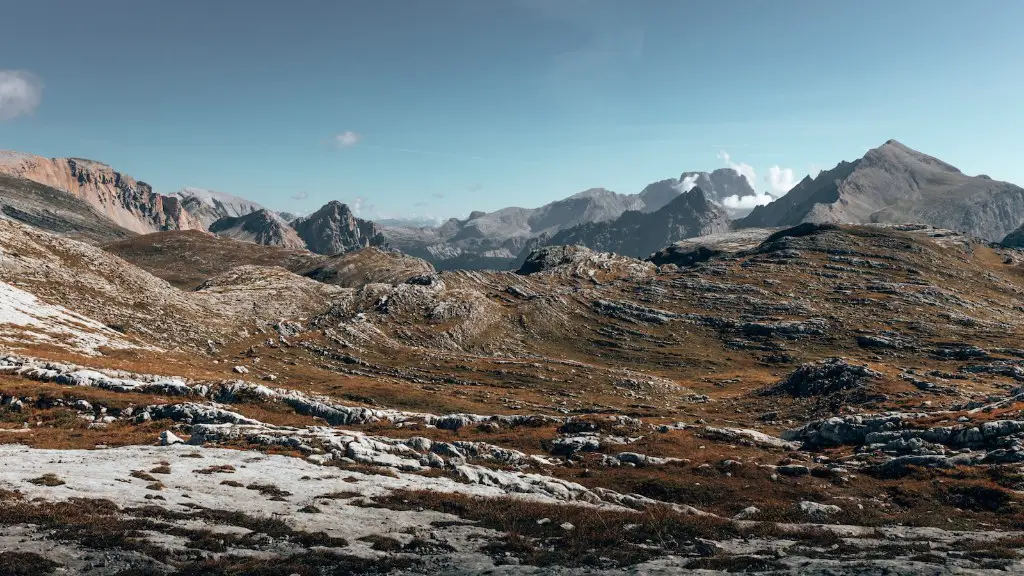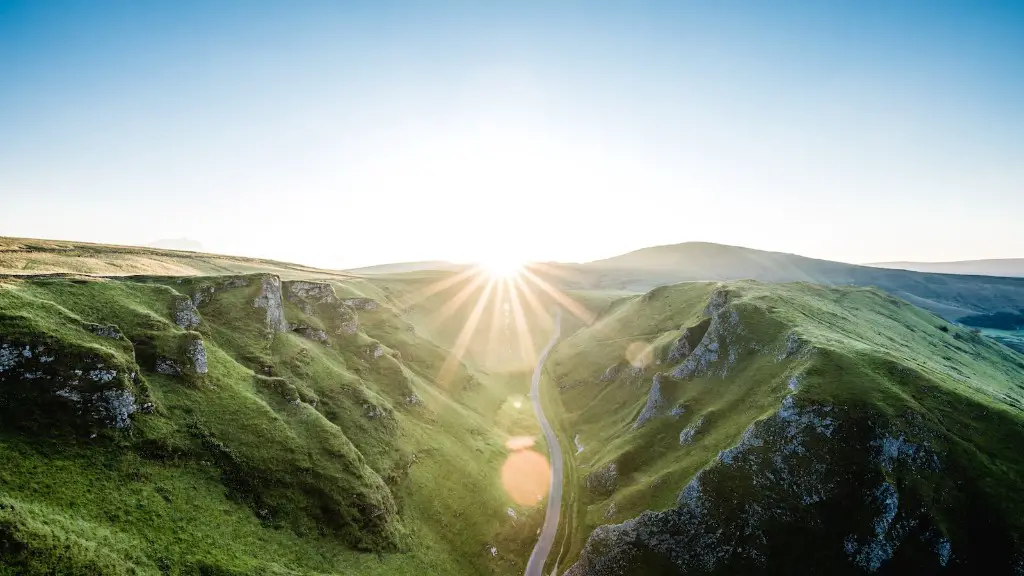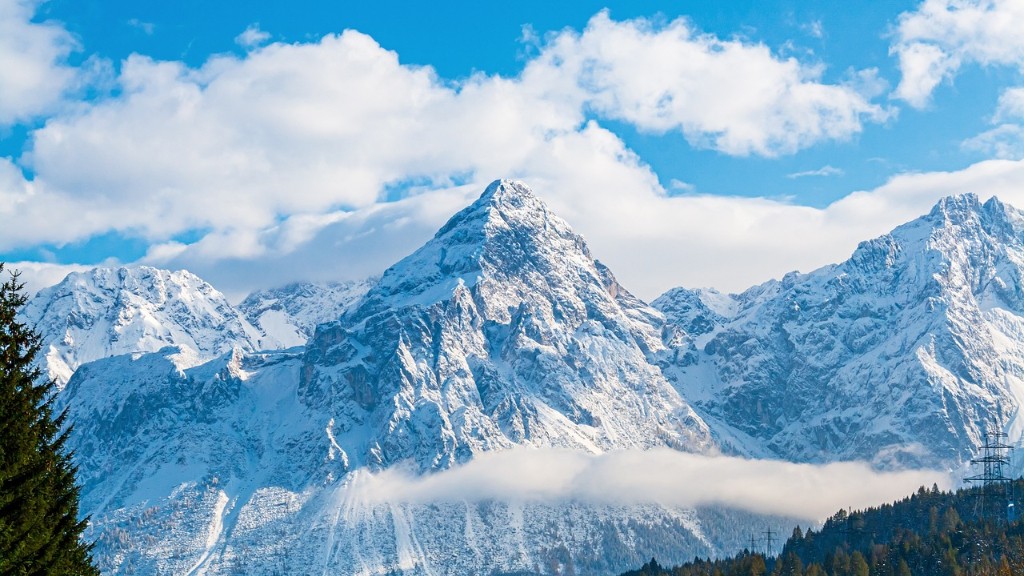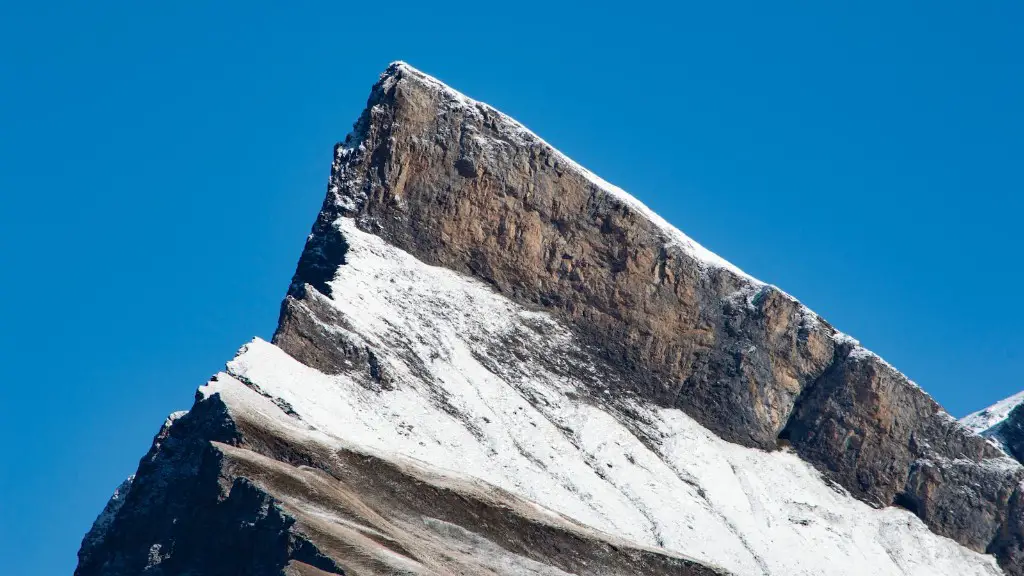Mount Fuji is the tallest mountain in Japan and is considered one of the country’s most sacred sites. The mountain is an active volcano that last erupted in 1707. While the volcano has been quiet since then, scientists have been monitoring Mount Fuji closely, and they believe that it could erupt again within the next few decades.
At this time, Mount Fuji has not erupted in over 300 years and is now considered to be dormant.
Will Mount Fuji erupt again?
It is important to be aware of the potential dangers of volcanoes, even if they have not erupted recently. Volcanoes can be unpredictable, and an eruption can occur with little or no warning. If you live near a volcano, it is important to be familiar with evacuation routes and plans in case of an eruption.
There is currently no definitive answer as to whether or not Mt. Fuji is expected to erupt, as there is no foolproof way to predict volcanic activity. However, over the past 2200 years there have been 75 known eruptions from the mountain. The most recent eruption occurred 300 years ago, but there has been an uptick in seismic activity in the area in recent years, leading some to believe that another eruption may be imminent. Only time will tell for sure, but it is always wise to be prepared for the worst.
What would happen if Mount Fuji erupted again
An eruption of Mount Fuji could have devastating consequences for the Tokyo region. Over 8 million people live in Tokyo and the surrounding area, and an eruption could destroy roads and railways connecting the city to other parts of Japan. The resulting ash and debris would also be a major health hazard, posing a serious threat to the population.
It is interesting to note that the last eruption of Mount Fuji was in 1707-1708, some 300 years ago. This is a very long time for a volcano to remain inactive and it is possible that Mount Fuji may never erupt again. However, it is also worth noting that volcanoes can be very unpredictable and even a small amount of activity could lead to an eruption. Therefore, it is important to remain vigilant and monitor Mount Fuji for any changes.
Is Mt. Fuji a supervolcano?
A supervolcano is a volcano that has erupted with an explosivity index of at least 8. An eruption of this size has not occurred in recorded history, likely last occurring in New Zealand about 26,000 years ago. Mount Fuji is not a supervolcano.
Eruptions at Mt. Fuji can be classified as either effusive or explosive, with the two largest eruptions in the last 2000 years being of different types. The 864–866 CE Jogan eruption was effusive, while the 1707 Hoei eruption, the most recent eruption, was explosive.
When did Mount Fuji last explode?
Mount Fuji is a potentially active volcano that is monitored 24 hours a day for signs of activity. The last known eruption occurred in 1707, and there has been no significant activity since the 1960s. However, given the potential damage that could be caused by an eruption, it is important to keep a close eye on Mount Fuji.
Most scientists agree that the eruption of Mt. Fuji is long overdue. It could happen at any moment, and could be devastating to the surrounding areas. People in the area should be aware of the potential danger and take necessary precautions.
Is Yellowstone volcano overdue
There is no such thing as a volcano being “overdue” for an eruption. Volcanoes are unpredictable and their eruptions can happen at any time. Even though some people may think that Yellowstone is overdue for an eruption, the math doesn’t add up. So don’t worry, an eruption is not imminent.
The Fujisan Hongū Sengen Taisha is a Shinto shrine located in Shizuoka Prefecture, Japan. It is the headquarters of the Sengen shinko, or “mountain worship” belief system. The shrine is dedicated to the goddess Konohanasakuya-hime, who is said to be the spirit of Mount Fuji. The shrine complex includes several buildings, the most important of which is the honden, or main hall. The honden is a large, elaborately decorated structure that houses the shrine’s main deity. The shrine complex also includes a kaguraden, or stage for ceremonial dances, and a treasure house.
Can extinct volcanoes come back?
Volcanoes are classified as active, dormant, or extinct. Active volcanoes have a recent history of eruptions; they are likely to erupt again. Dormant volcanoes have not erupted for a very long time but may erupt at a future time. Extinct volcanoes are not expected to erupt in the future.
The La Garita Caldera in the United States was the site of the most violent eruption in history. The eruption occurred 21 million years ago and formed a 35 x 75 km crater. The eruption was so large that it changed the climate on Earth.
What volcano is the biggest threat
Volcanoes are awesome and terrifying natural phenomena. They can cause great destruction but also create beautiful landscapes. Some volcanoes are more dangerous than others, however, and these are the most dangerous ones in the world.
Mount St. Helens in Washington state is one of the most dangerous because it is so active. It has had numerous eruptions, the most recent being in 1980, that have caused devastation.
Mount Kilauea in Hawaii is also very active and has been erupting continuously since 1983. Its eruptions have caused much damage to property and infrastructure.
Mayon Volcano in the Philippines is another dangerous one. It is the most active volcano in the country and has had many deadly eruptions.
Redoubt Volcano in Alaska is also dangerous because of its potential to erupt. It last erupted in 1989 and caused many problems for the local community.
Mount Pinatubo in the Philippines is another volcano that is dangerous because of its potential to erupt. It last erupted in 1991 and caused the second largest volcanic eruption of the 20th century.
Mount Agung in Bali is a danger because it is active and has the potential to erupt. It last erupted in 1963 and caused devastation to the local area
Mount Fuji is an active volcano in the Ring of Fire and is Japan’s tallest and most famous mountain. The mountain is a popular tourist destination, with many people visiting to hike to the summit or to enjoy the views. The volcano is also home to a number of hot springs, which are popular tourist destinations.
What are the 3 super volcanoes in the US?
The United States Geological Survey has determined that there are three active supervolcanoes in the United States: Yellowstone, Long Valley, and Valles Caldera. All three of these volcanoes have the potential to cause catastrophic damage if they were to erupt. The USGS is monitoring these volcanoes closely in order to be prepared for any potential eruption.
A supereruption is defined as an eruption with an ejecta volume greater than 1,000 km3. The largest known supereruption occurred at Lake Taupo in New Zealand about 22,600 years ago. This event ejected an estimated 1,000 km3 of material and spread ash across the southern hemisphere. The eruption also produced a large amount of climate-changing gases, including sulfur dioxide and carbon dioxide.
Other large caldera volcanoes that have the potential to produce supereruptions include those in Japan, Indonesia, and South America. These volcanoes are capable of producing very large eruptions, but they are not as frequent as the smaller eruptions that occur at other volcanoes around the world.
Is Mt. Fuji male or female
Mt. Fuji is a popular mountain in Japan that is often seen as a symbol of the country. The mountain itself is beautiful, with a crater at the summit. However, many people also see Mt. Fuji as a symbol of the female body. This is because the mountain is often seen as a representation of a woman’s body, with the crater at the summit representing the woman’s womb. This view of Mt. Fuji is not just limited to Japan, but is also found in other cultures around the world.
The Hōei eruption was a large Plinian eruption of Mount Fuji that took place from December 16, 1707 to February 24, 1708. It was one of the largest eruptions in Japanese history, ejecting an estimated 10 million tonnes of ash and causing extensive damage to the surrounding area.
Final Words
Mount Fuji is an active stratovolcano that last erupted in 1707. However, it is estimated to erupt every 100 to 300 years.
There is no single answer to this question as it is highly dependent on the current geological activity of the area. However, the most recent major eruption of Mount Fuji was in 1707 and it is estimated that the volcano erupts every 30-50 years.





